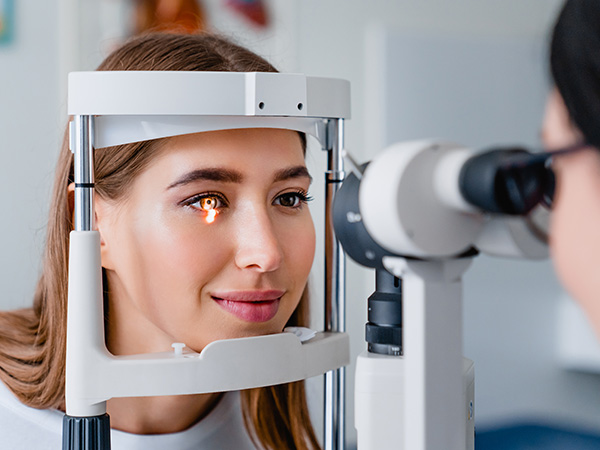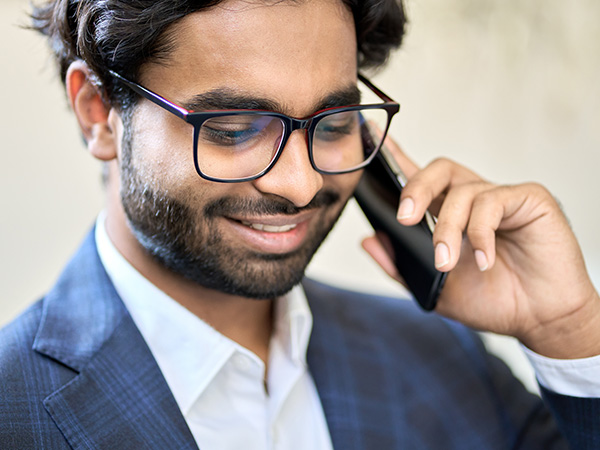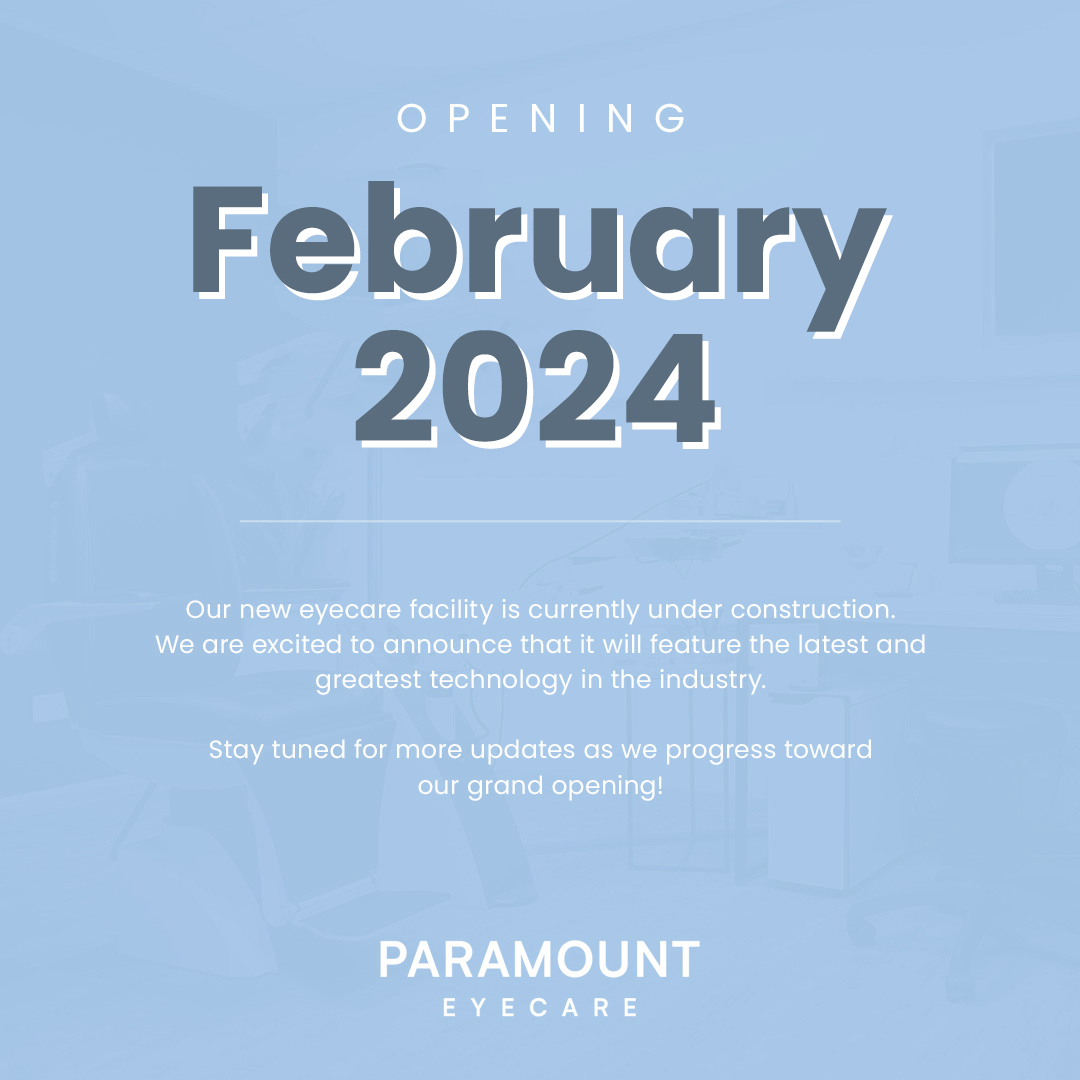Myopia, also known as nearsightedness, is a common vision condition in children. It occurs when the eye grows too long or the cornea is too curved, causing distant objects to appear blurry while near objects remain clear. With rates of childhood myopia rising globally, it’s more important than ever for parents to understand the condition and the steps they can take to protect their child’s vision.
Signs Your Child May Have Myopia
Children don’t always realize their vision is blurry, so watch for these common signs:
Squinting, especially when looking at the board in school
Sitting very close to the TV or holding books near the face
Frequent eye rubbing or headaches
Difficulty seeing distant objects clearly, like the school bus number
If you notice any of these signs, it’s time to schedule a comprehensive eye exam with an optometrist.
Causes of Myopia in Children
Myopia often develops due to a combination of genetics and environmental factors:
Family history: Children with one or both parents who are nearsighted are more likely to develop myopia.
Near work: Spending long hours reading, using tablets, or on computers may contribute.
Limited outdoor time: Studies show that children who spend more time outdoors are less likely to develop myopia.
Why Early Detection Matters
Untreated myopia can progress quickly in children, leading to higher prescriptions and an increased risk of eye conditions later in life, such as retinal detachment or glaucoma. Early detection and management are key to protecting your child’s long-term vision.
Treatment and Management Options
Thankfully, there are several ways to manage and slow the progression of myopia in children:
Prescription glasses or contact lenses – the simplest way to correct blurry vision for far away.
Orthokeratology (Ortho-K) – special contact lenses worn overnight to temporarily reshape the cornea. This allows your child to wake up in the morning with clear vision and the reshaping of the cornea causes the nearsighted progression to slow or even stop in some cases. Think of them like a retainer for straight teeth.
Mi-Sight 1-Day Contacts – A daily disposal contact lens worn during the day time with new technology in the lens that helps slow down the progression of myopia.
Atropine eye drops – low-dose drops prescribed by an optometrist to slow progression.
Lifestyle changes – encouraging outdoor play and limiting prolonged near work.
Myopia prescription eyeglasses – Stellest Lenses by Essilor, These brand new FDA approved lenses set to launch soon, have a specific design and technology that has shown to slow the myopic progression in kids. It has been used for years in other countries but has now been approved here in the US.
Schedule an Eye Exam Today
Regular eye exams are essential for children, especially as they grow and their vision changes. Catching myopia early helps ensure your child sees clearly, performs well in school, and maintains healthy eyes for life.
👉 Book your child’s comprehensive eye exam at Paramount Eye Care & Eyewear in Lucas & Allen today to protect their vision and help manage myopia.








